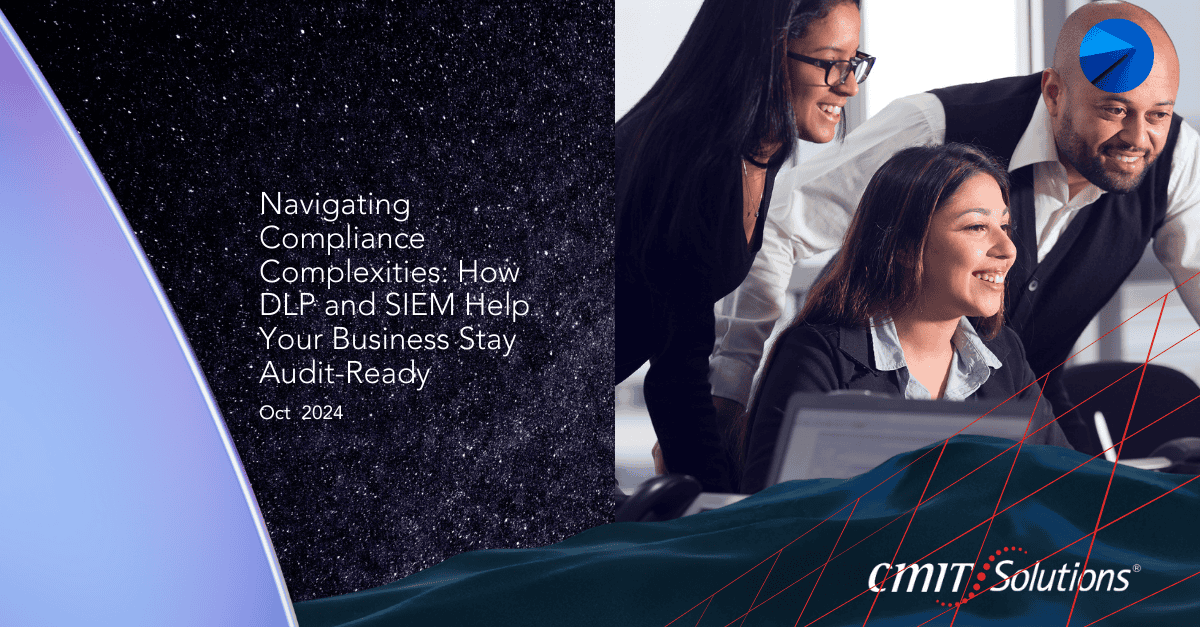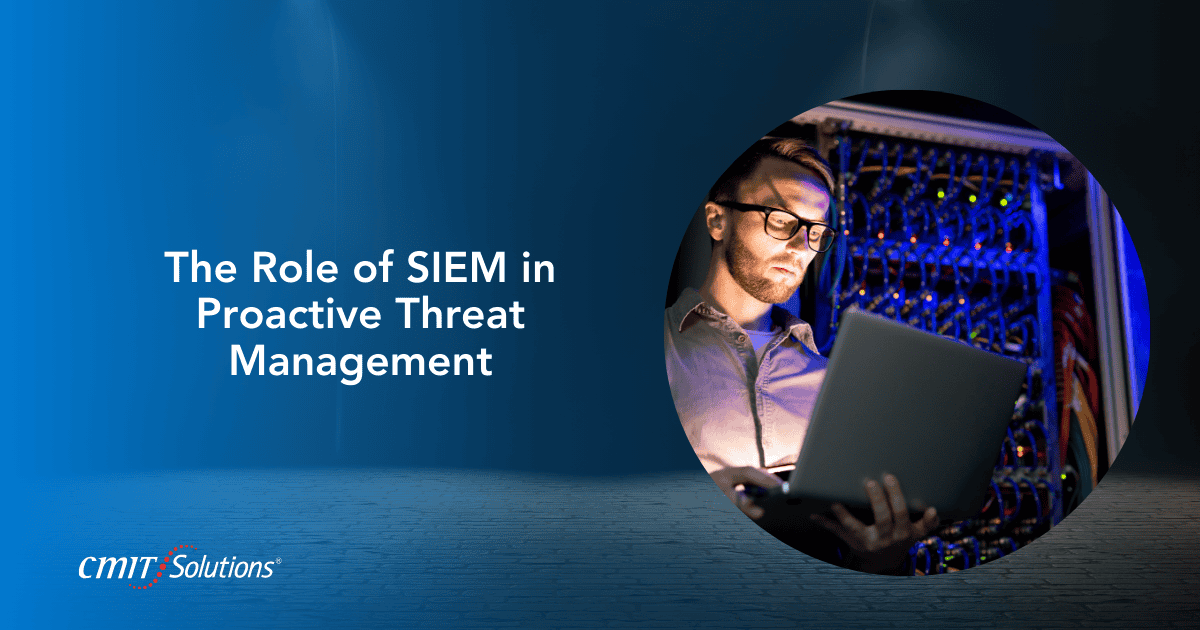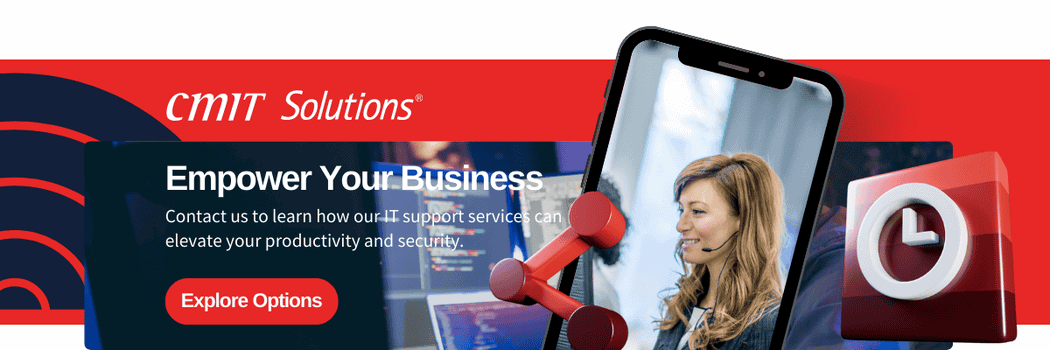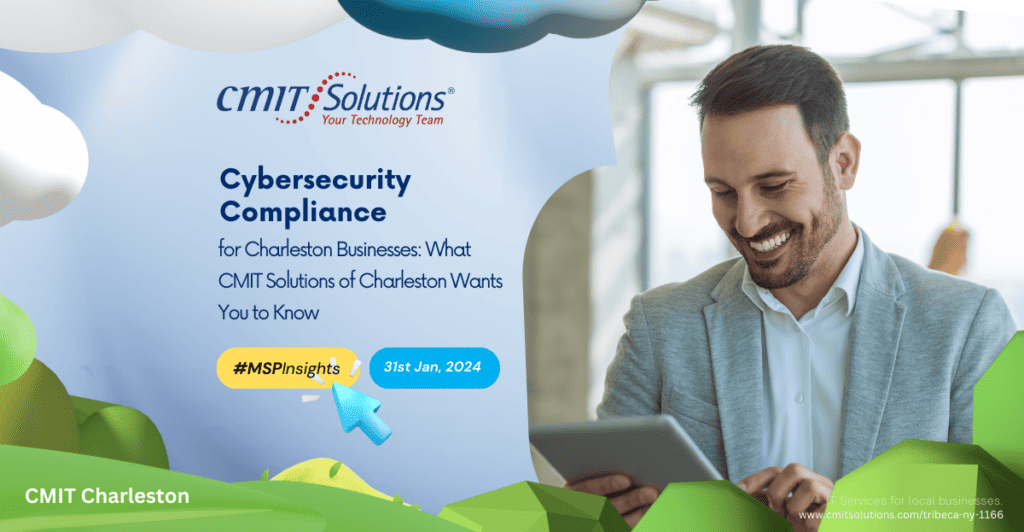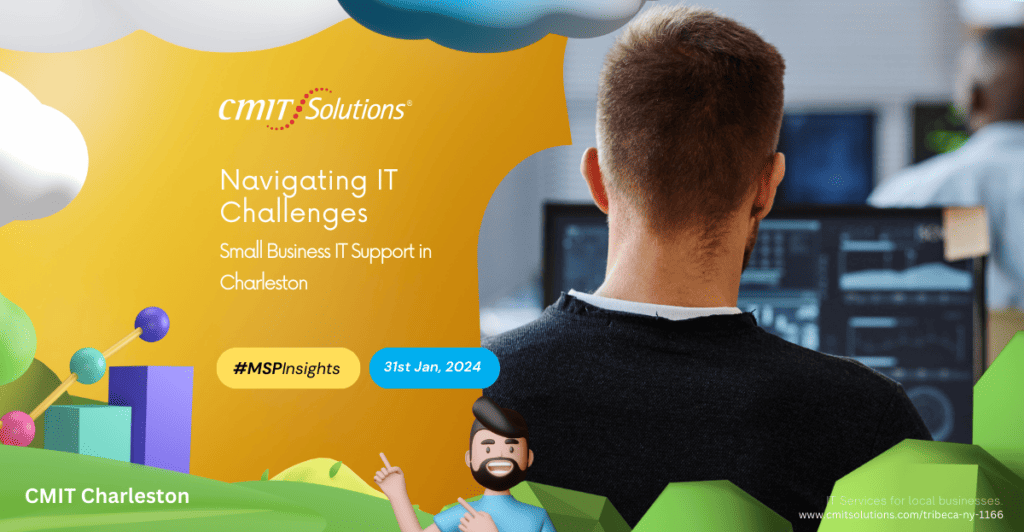In today’s digital age, compliance is more critical than ever. From GDPR to HIPAA, businesses must navigate a labyrinth of regulatory requirements to ensure they are protecting sensitive data. Failing to comply can result in significant fines, damaged reputations, and even legal action. For businesses in Charleston, the need to stay audit-ready while ensuring robust data security is paramount. The integration of Data Loss Prevention (DLP) and Security Information and Event Management (SIEM) tools can help simplify this complex landscape, ensuring your company not only meets but exceeds compliance standards.
Understanding the Compliance Challenge
For businesses operating in highly regulated industries such as healthcare, finance, or manufacturing, compliance is non-negotiable. Regulations like HIPAA, GDPR, and CCPA mandate strict controls on how sensitive data is managed, stored, and protected. Compliance audits, which are increasingly common, require companies to demonstrate that they have comprehensive security measures in place to protect customer and company data.
This is where DLP and SIEM come into play. DLP tools focus on preventing unauthorized access to sensitive data, while SIEM systems provide real-time monitoring and analysis of security events across your IT infrastructure. When used together, these tools can help businesses proactively manage compliance requirements and stay audit-ready at all times.
How DLP Helps with Data Protection and Compliance
Data Loss Prevention (DLP) solutions are designed to detect and prevent unauthorized sharing or leakage of sensitive information. By identifying critical data such as personally identifiable information (PII) or financial records, DLP tools ensure that this data is never exposed to unauthorized users. For businesses in Charleston, where industries like healthcare and finance play a key role, having a solid DLP system in place is essential for compliance.
DLP also helps with:
- Monitoring data movement: DLP tracks how sensitive data is accessed, shared, or transmitted, ensuring it stays within authorized boundaries.
- Automating security policies: Instead of manually enforcing compliance, DLP tools automatically block unauthorized attempts to access or share data, reducing human error.
- Ensuring compliance across platforms: With the rise of cloud-based platforms, DLP ensures that sensitive data is protected whether stored on-premises or in the cloud.
To implement a robust DLP strategy, top data protection practices should be followed to ensure consistent security measures across all digital assets.
The Role of SIEM in Proactive Threat Management
While DLP focuses on data protection, Security Information and Event Management (SIEM) plays a crucial role in proactive threat detection. SIEM systems collect and analyze security data from across your entire IT infrastructure in real time. This means any suspicious activity, such as an unauthorized login attempt or a malware infection, is flagged immediately for further investigation.
SIEM is especially helpful for compliance because:
- It provides real-time monitoring: SIEM tools constantly track activity across your network, helping you detect and respond to threats before they escalate into data breaches.
- Ensures thorough reporting: Compliance audits often require detailed logs of security events. SIEM provides comprehensive reports that show how threats were detected and resolved, ensuring you can demonstrate compliance at all times.
- Incident response: SIEM tools also integrate with incident response plans, helping businesses resolve security incidents quickly and efficiently, as seen in the best practices for incident response planning.
Benefits of Integrating DLP and SIEM for Compliance
By integrating DLP and SIEM, businesses in Charleston can streamline their compliance efforts. Here’s how combining these tools can help:
- Comprehensive Data Visibility: DLP ensures that sensitive data is always tracked, while SIEM provides visibility into security events across your network. Together, they offer a complete view of your data security posture, making it easier to identify and address potential compliance gaps.
- Automated Compliance Reporting: Compliance audits require detailed reports on how data is protected and how security threats are managed. With DLP and SIEM in place, these reports can be generated automatically, simplifying the audit process and ensuring that your business is always ready for an audit. For example, compliance audits can be streamlined with SIEM’s reporting capabilities.
- Proactive Threat Detection: While DLP ensures that sensitive data isn’t shared inappropriately, SIEM identifies threats in real time, allowing your team to respond quickly. This is particularly important in industries where data breaches can lead to hefty fines and legal consequences.
- Improved Incident Response: When a security event occurs, both DLP and SIEM tools work together to ensure a rapid and efficient response. DLP ensures that sensitive data is not exposed, while SIEM tracks the event and provides logs for auditing purposes. Having both tools in place ensures that your company is well-prepared to manage any security incident that might arise.
For businesses that prioritize cybersecurity and compliance, building a robust cybersecurity strategy with these tools is essential.
Staying Audit-Ready with Managed IT Services
Navigating compliance complexities can be a challenge, particularly for small and mid-sized businesses. This is where managed IT services play a critical role. Providers like CMIT Solutions of Charleston help companies implement DLP and SIEM systems, ensuring that their data protection and security practices align with regulatory requirements.
Managed IT services offer a range of benefits for compliance, including:
- Proactive monitoring and support: With managed IT services, businesses can stay on top of security threats and compliance requirements without overburdening their in-house teams. By leveraging the expertise of local providers, companies can focus on their core operations while ensuring they remain compliant.
- Ongoing security updates: As compliance regulations evolve, managed IT services ensure that your systems are always up-to-date with the latest security measures.
- Compliance expertise: Managed service providers have extensive experience in dealing with regulatory frameworks like GDPR and HIPAA, offering guidance on how to best navigate audits and reporting requirements.
For businesses looking to reduce the stress of compliance management, outsourcing IT can be a viable solution, as outlined in the benefits of outsourcing IT.
The Human Element in Cybersecurity and Compliance
While DLP and SIEM are powerful tools, they are only as effective as the people using them. Ensuring that your employees are trained in cybersecurity best practices is essential for maintaining compliance. For example, the human element in cybersecurity should not be underestimated, as human error is often the cause of data breaches.
By combining employee training with DLP and SIEM tools, businesses can create a security-conscious culture that supports compliance efforts. Regular training sessions and simulated phishing attacks can help employees recognize potential threats and respond appropriately, reducing the likelihood of a compliance violation.
Conclusion
Navigating the complexities of compliance can be overwhelming for any business, but with the right tools and strategies in place, it becomes manageable. DLP and SIEM are two of the most powerful tools available to ensure that your business stays audit-ready while maintaining robust data security.
For Charleston businesses, integrating DLP and SIEM into your IT infrastructure can provide comprehensive protection for sensitive data, proactive threat detection, and automated compliance reporting. By partnering with CMIT Solutions, you can simplify the compliance process and focus on what matters most: growing your business.
With a proactive approach to IT management, businesses can not only meet compliance requirements but also create a security framework that enhances overall productivity and protects against evolving cyber threats.

